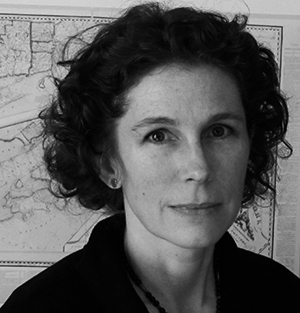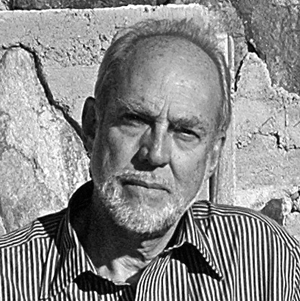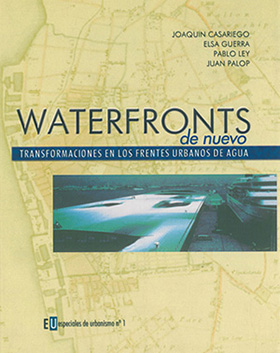By Joaquin Casariego Rámirez *
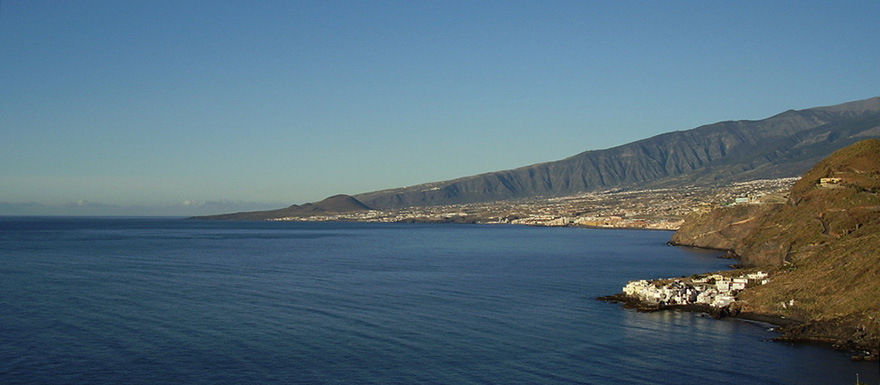 Shoreline of Guimar in Tenerife Island
Shoreline of Guimar in Tenerife Island
During the sixties of the last century and caused by upward estimate of the urban, hitherto unsuspected, Spanish cities experienced a strong expansion, with widespread and systematic occupation of their peripheries, driven, on the one hand, by official agencies themselves, but sometimes, through individual acquisition of small plots of land, product of fragmentation and urbanization of old farms disabled: in respect to its population more receptive regions, including through the "illegal land occupation" of some of those farms. A modality, latter, that the immigrant population took to output your accommodation, and illegality that neither the buyer nor the seller ignored subdivider-, allowing a transaction but less costly to acquire those parcels.
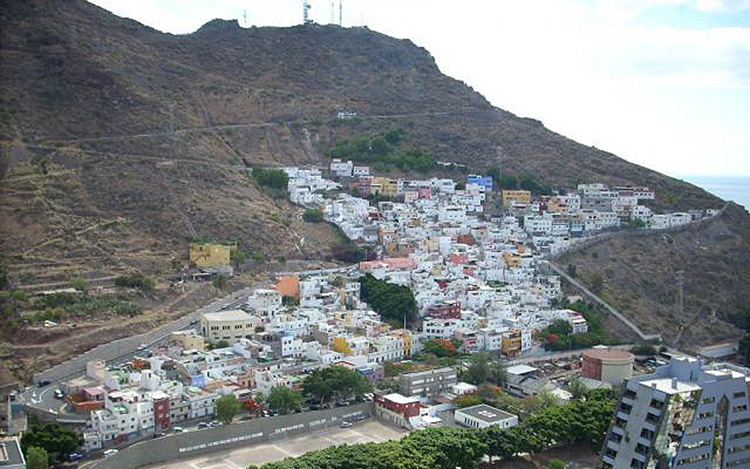 Barrio de La Alegria, Santa Cruz de Tenerife, 2012
Barrio de La Alegria, Santa Cruz de Tenerife, 2012
Subdivisions such as occurred "outside" of urban planning, the product of that phenomenon neighborhoods, peculiar to developing communities, were called "marginal developments". Some neighborhoods now extend the latest urban ring and, but grew up without the minimum urban services, subsequent formalization and their gradual integration into the frames of the cities, today makes, in many cases, almost imperceptible.
Well, Canary was one of the Spanish regions where this phenomenon took more virulent and body, in fact, both urban incidence and its internal characteristics, were, especially in the two most populated capital, specially designed. A circumstance, today, we can talk about it with sufficient criteria and accuracy.
The process of formation of the districts was, in short, fairly simple. The owner of one of the properties located in the urban fringe and in close proximity to the main road network, fractionated part of your property through a simple network of streets, whose interior dividing so that the result would be small-sized batches buildable. The progressive sale of each of the lots and their subsequent release by very elementary constructions, but definitive, naturalization papers gave some forms of development with a strong speculative, and that as they were sold sectors consolidating, the parent farm owner added a new market sector that illegal. A process that was not only observed naturally by the competent authorities, but, pressed for new residents without a high contribution of these, those contributing to strengthening, since it was the administration itself, the conducting ending urbanization and subsequent construction of the equipment.
Were not, however, specifically studied as illegal neighborhoods located on the coast that, conceptually consistent with earlier, differed from them only in the urbanized area concentrated on the waterfront, in a process of progressive occupation, which began with the invasion of the shore, to progress, as was the case, in the opposite direction to the sea. Accordingly, occupation of much more serious than the corresponding ones in inland areas, because of their ecological and landscape clear implications, but equally desconsideras by those who had to be curbed.
It is true that very few examples, these invasions may have occurred prior (even much earlier) the phenomenon described, thus showing a very different morphological configuration and requiring, therefore, special urban treatment. But the construction of these neighborhoods, in most cases, started during the fifties and sixties of last century (can be seen in the orthophotos IDECanarias of GRAFCAN), can, therefore, generally be classified as a modality more than "marginal phenomenon".
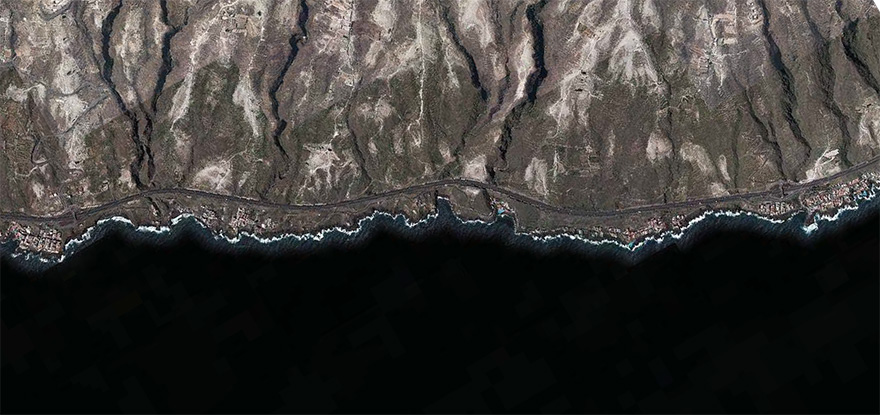 Irregular urban occupation in the south coast of Tenerife. Orthophoto of Grafcan. 2012
Irregular urban occupation in the south coast of Tenerife. Orthophoto of Grafcan. 2012
A land use mode so special and unique that should reveal and stripping phenomenologically, as they sometimes attempt to acknowledge it, confused between a heavy dose of picaresque and demagoguery, Marinated both with interests of all kinds, values of the historical ethnographic, if not, and this without the slightest blush, some architectural interest.
Therefore, is important to differentiate the opportunities for some residents meant access to some kind of accommodation, however precarious this out, and in the case of demolition, moral obligation to compensate with a home, of environmental brutality supposed to be occupying (and "occupied" is, sometimes, almost "swimming in") a class of the highest space and greater ecological fragility of the islands landscape value. Do not think it necessary to stress the importance gradual recovery coastal edge is assuming for the archipelago, not only in terms of environmental improvement, but also their future economic and tourism.
Hopefully, therefore, that the recovery process initiated our coastal edge continue, and not only starring such settlements, but, general, the person affected by these and other operations less innocent, but the neglect and administrative tolerance, at some point in the history of this community, accepted tolerated.
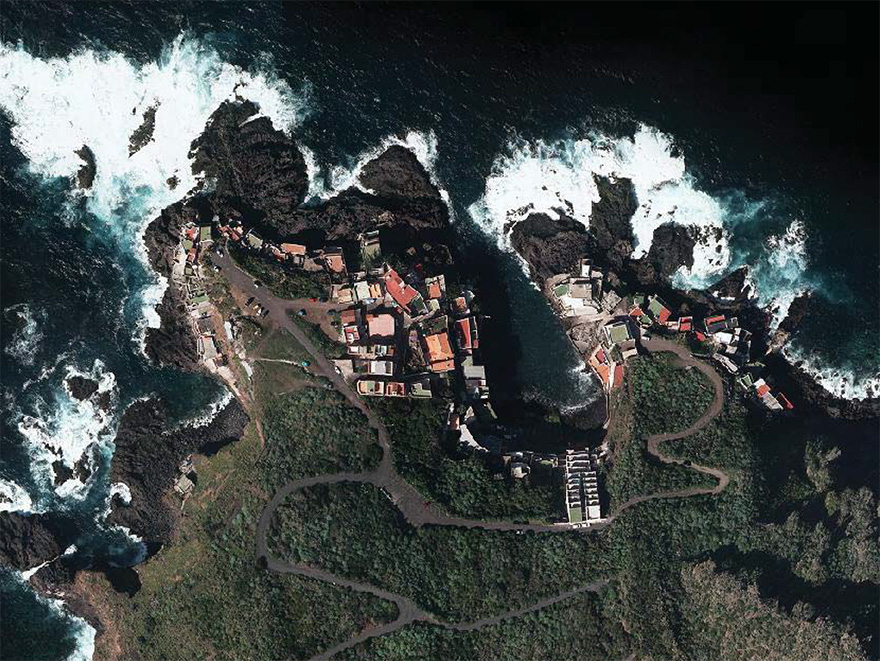 Caletón of Slaughter. North Coast of the island of Tenerife. 2012
Caletón of Slaughter. North Coast of the island of Tenerife. 2012
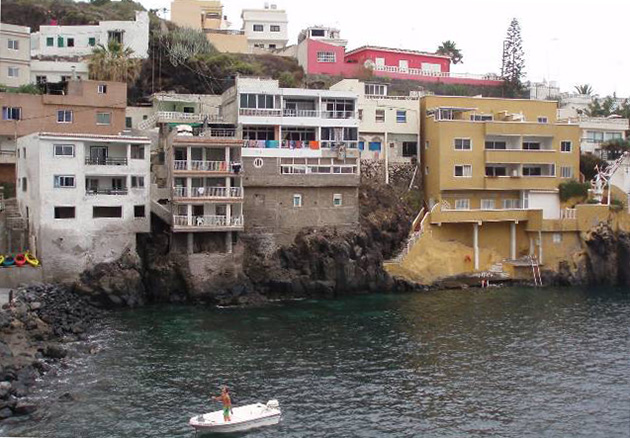 The buildings occupying the land Maritime Public Domain. Caletón of La Matanza. Photos: ABC
The buildings occupying the land Maritime Public Domain. Caletón of La Matanza. Photos: ABC
* Casariego Joaquin Ramirez, Architect and Professor of Urbanism
Source:
Marginal coast. Article published in Journal of Notices, 30/12/2012














